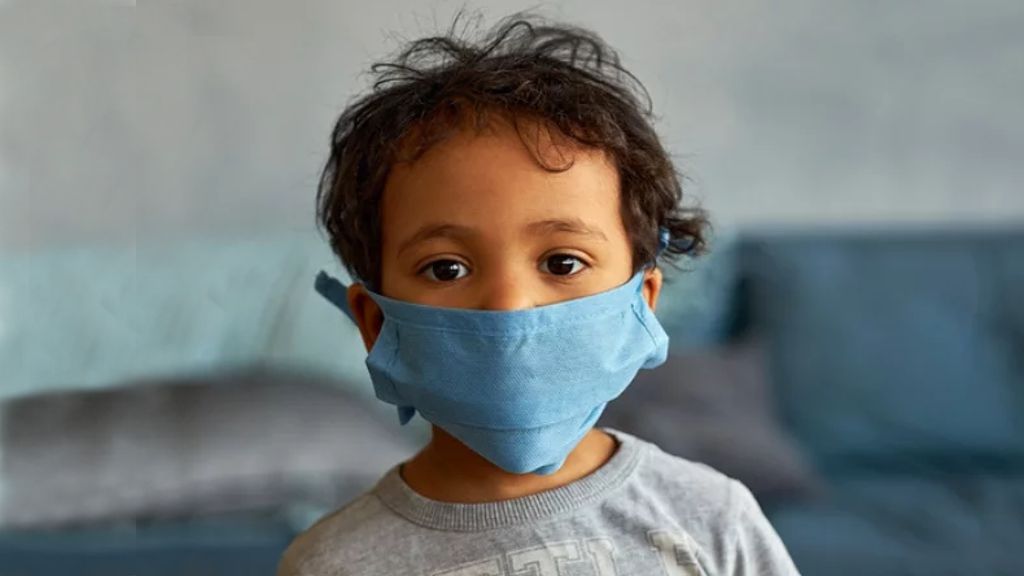
The educational cost of face coverings is far better established than the benefits of mandates.
Scientists have an obligation to strive for honesty. And on the question of whether kids should wear masks in schools—particularly preschools and elementary schools—here is what I conclude: The potential educational harms of mandatory-masking policies are much more firmly established, at least at this point, than their possible benefits in stopping the spread of COVID-19 in schools. To justify continued masking of schoolkids—with no end date in sight—we have to prove that masks benefit kids, and at what ages. States and communities that are considering masking policies just to be safe should recognize that being overly cautious has a cost, while the benefits are uncertain.
For most able-bodied adults, masks in public indoor settings pose only minor inconveniences. But children—who even amid the worrisome Delta-variant surge are experiencing serious outcomes from COVID-19 at far lower rates than people in older age groups are—have different needs and vulnerabilities than adults. Early childhood is a crucial period when humans develop cultural, language, and social skills, including the ability to detect emotion on other people’s faces. Social interactions with friends, parents, and caregivers are integral to fostering children’s growth and well-being.
Cloth masks do filter some aerosols, albeit not the majority, so they might catch some exhaled viral particles. Newly released results from a large trial in rural Bangladesh found that the widespread use of surgical masks by adults yields a significant reduction in the spread of symptomatic COVID-19. (The effect of cloth masks was more ambiguous, and the study did not include children.) But the issue facing educators and parents is whether a policy of mandatory masking makes school safer than a policy of optional masking—and whether the difference is enough to justify the imposition on kids.
By Vinay Prasad








